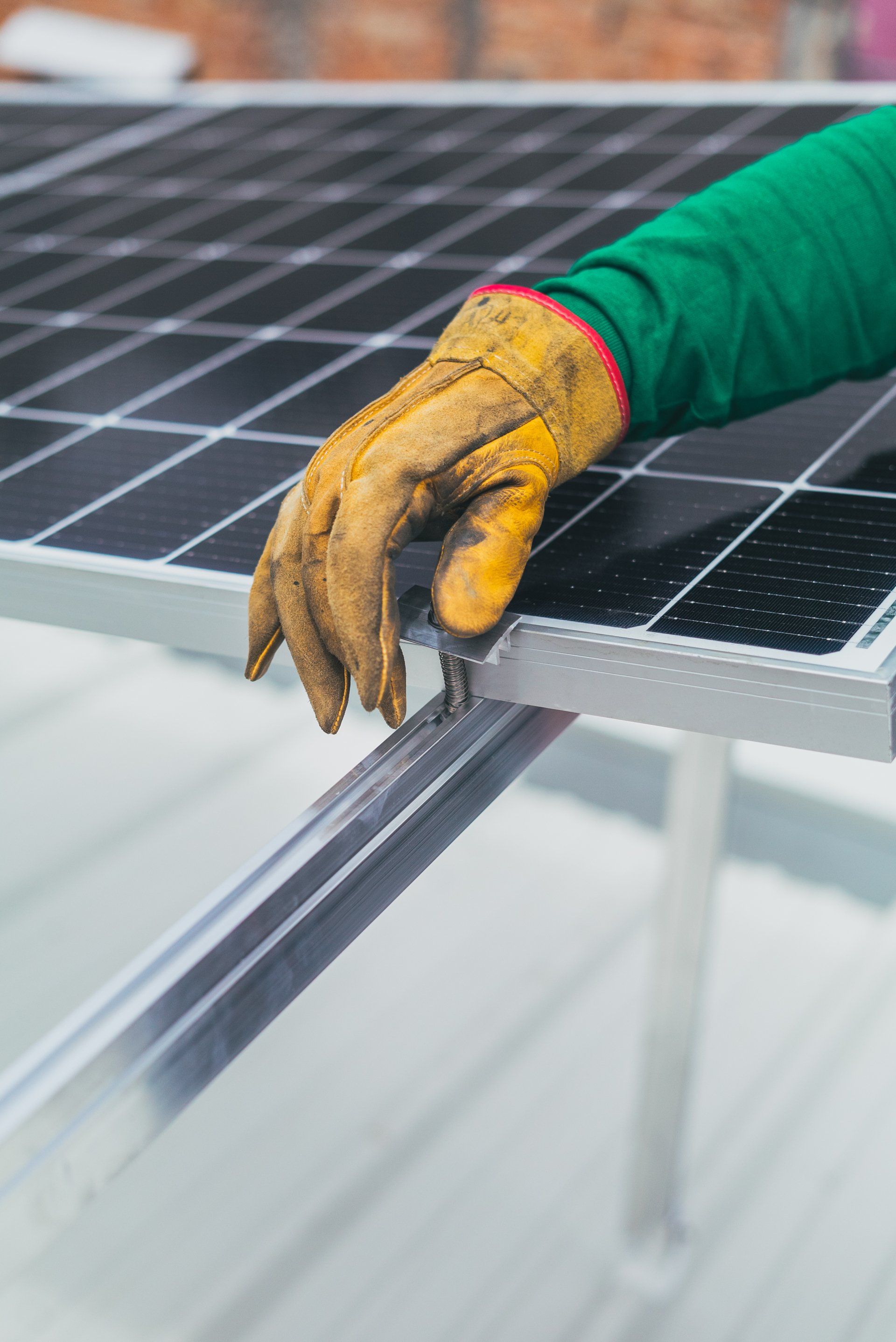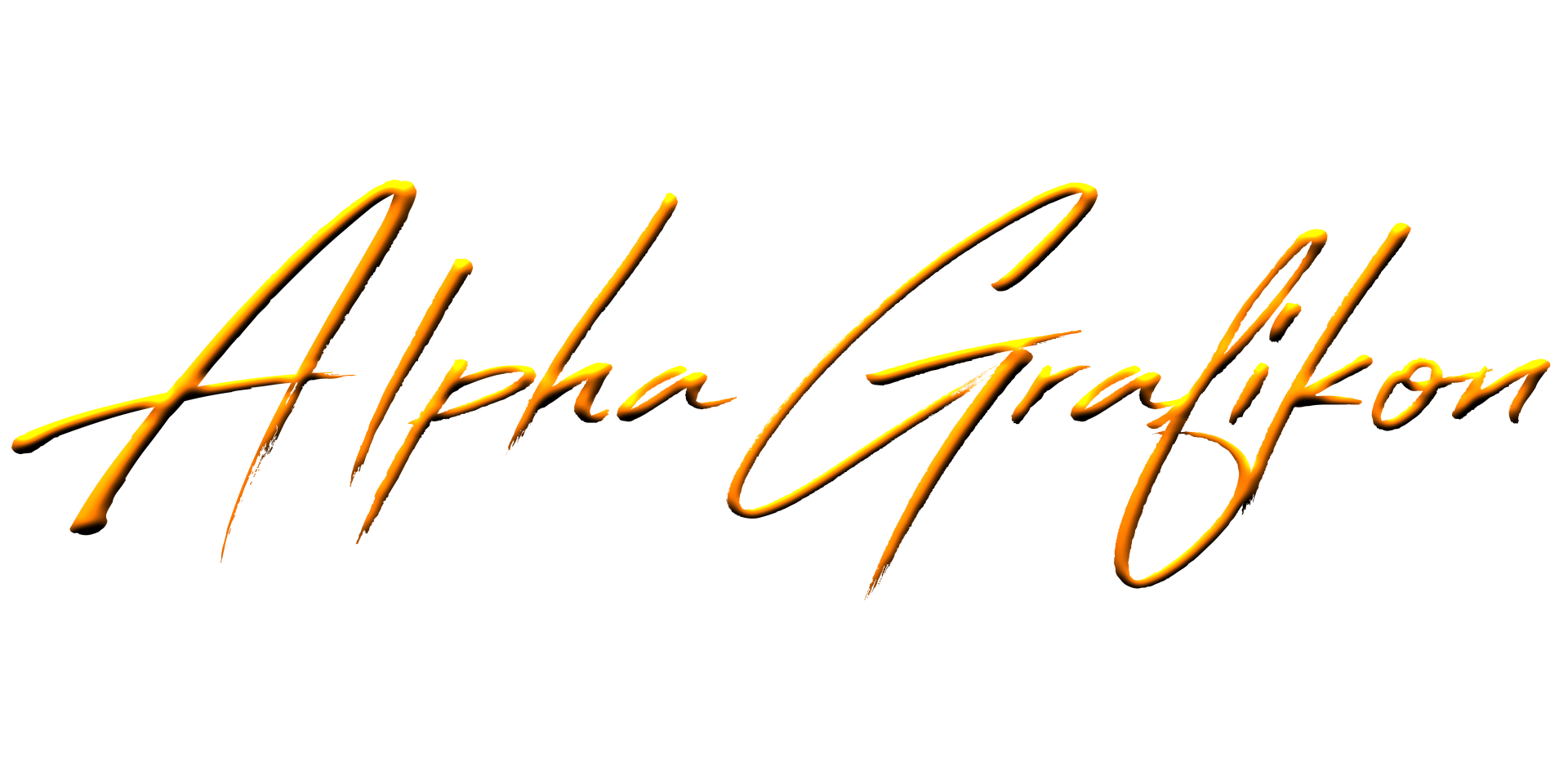If you come across one in the desert, its bright lights may fool you into thinking it’s a mirage—but rest assured, concentrating solar-thermal power (CSP) plants are very real.

In these plants, sophisticated mirrors that track the sun, known as heliostats, focus sunlight onto a receiver at the top of a tall tower—a power tower—where the concentrated light heats a working fluid. That fluid is then used to spin a turbine to generate electricity or provide heat to an industrial process, just like conventional fossil-fueled or nuclear power plants. Because CSP plants convert solar energy into a hot fluid, it’s relatively easy to store that fluid in large tanks, meaning these plants can deliver energy on-demand, even in the middle of the night, long after the sun has gone down.
The Ivanpah Solar Electric Generating System is the United States’ largest CSP plant. Located in California's Mojave Desert, the plant can produce 392 megawatts (MW) of electricity—enough to power more than 85,000 homes—using 173,500 heliostats, each built with two mirrors that focus sunlight onto three solar power towers. The largest plant in the world is the Ouarzazate Solar Power Station in Morocco, which can produce 580 MW of power.
Because heliostats make up so much of the land area of CSP plants, as well as the materials that go into the construction, they play a large role in determining capital costs and overall performance of a plant. Heliostats also mark the very beginning of the process of transforming sunlight into electricity, meaning that any efficiency losses are magnified by all of the down-stream components.
To enable widespread deployment of CSP in the United States, the U.S. Department of Energy (DOE) has set a goal of reaching $0.05 per kilowatt-hour for electricity generated by plants with 12 or more hours of thermal energy storage. In one path that we’ve identified to achieve that goal, more than 40% of the cost reductions that must occur are realized by reducing the installed capital cost of heliostats to $50 per square meter—from today’s baseline of slightly above $100 per square meter.
The importance of this goal has led DOE to fund dozens of research projects over the years to improve heliostat technology and lower the costs of manufacturing them. The objectives of these projects are incredibly diverse.
A project at the University of Boston used electrodynamic screen self-cleaning technology on heliostats to reduce the need to clean mirrors with water and to maintain high optical efficiency by keeping the mirrors dust free. Researchers at the University of California San Diego developed a heliostat that uses ultra-thin metasurfaces that change the behavior of light, reducing the need for a tracking system to follow the sun’s path. A team at the University of Arizona is developing a heliostat that can change its curvature as the sun changes its position in the sky, which could reduce the number of heliostats needed for a given CSP plant. At L'Garde, a DOE-funded project developed heliostats with materials like foam and stainless steel, which reduce their weight and improve performance.
The possibilities to innovate on these concepts are endless. Heliostats are complex machines, with many opportunities for optimization of specific components and overall design principles, which can make it difficult for researchers new to the technology to make substantive advances on existing industry designs. That’s why DOE launched the Heliostat Consortium, known as HelioCon. Led by the National Renewable Energy Laboratory and Sandia National Laboratories, in partnership with the Australian Solar Thermal Research Institute, HelioCon is a $25 million, five-year research effort that supports research, development, validation, commercialization, and deployment of low-cost and high-performance heliostats.
In September 2022, HelioCon released a roadmap (PDF) to guide research and deployment of heliostats, addressing specific gaps in six major technical areas:
- Metrology and standards
- Components and controls
- Advanced manufacturing
- Resources, training, and education
- Field deployment
- Techno-economic analysis
There are also two cross-cutting subtopics: wind-loading and soiling. Within all of these areas, the roadmap identified specific areas as ripe for innovation and highlighted opportunities for non-CSP experts to bring their experience to the CSP industry. Some of these areas primed for exploration include machine learning, metrology, automated manufacturing and installation, and secure wireless networks and controls. With so much innovation needed, HelioCon released a $3 million request for proposals for research projects to take on these challenges.
Even if your background isn’t in solar energy, your expertise can play a role in developing the next generation of heliostats to support the transition to a decarbonized power sector by 2035 and a decarbonized economy by 2050. Learn more about HelioCon and how you can get involved.
Learn more about SETO’s CSP research and solar collector research.




